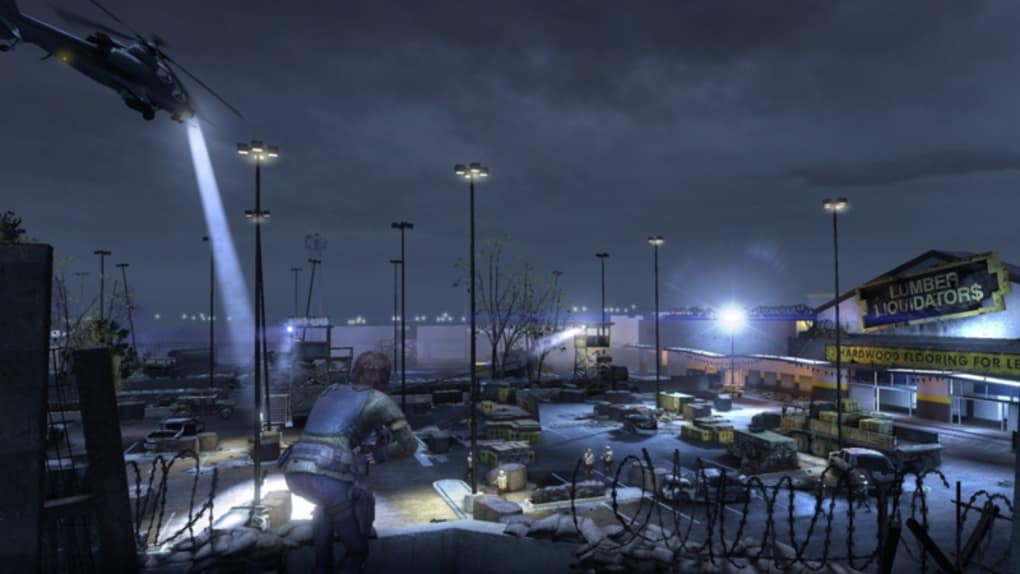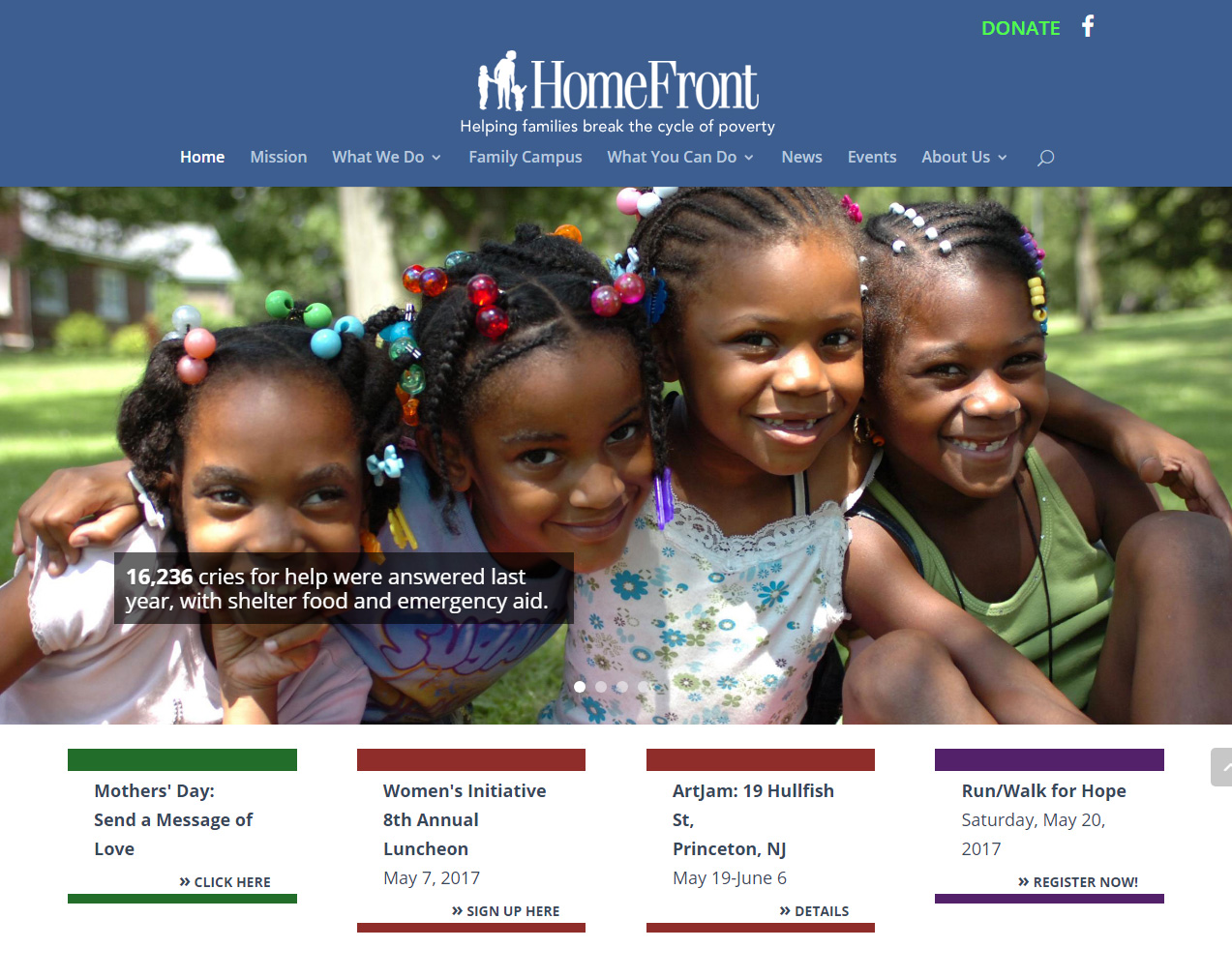

A few of them were new for Salt and Sanctuary, and a few have evolved since The Dishwasher: Dead Samurai. Salt and Sanctuary took no fewer than eight discrete tools. And as far as tools for game content go, Notepad is rock bottom. In the case of our ASCII Pac-Man maps, Notepad is a tool. Great! But what if we wanted to add some variety to the scenery? Lighting? A boss battle? Our ASCII system is great if we want to represent 4 or 5 simple things, but anything more complicated just blows it right up. There’s a simple system! “#” for walls, “.” for pills, “*” for power pills, “G” for ghost spawn points. How would you represent the world map? When you’re just starting out in Computer Science 101, text files made in Notepad are a great place to start:

There were times that I felt I should have, but after nine years of making very similar games, I kind of have a pretty tried and true technique, mostly revolving around tools. I didn’t plan out a lot of the actual coding Much of the story and visual aesthetic came from medieval murals to ptolemaic diagrams. If nothing else, Michelle and I are geeks for A Song of Ice and Fire, and Salt and Sanctuary was loads of House Greyjoy: drowned gods, blessings of salt, and that cold, morbid philosophy: “what is dead can never die.” Otherwise, I’ve been pretty fascinated by pre-modern “science” - where the supernatural could be as much a candidate to explain the world as the natural. Her concepts are mostly digital though, and also done while traveling, or through her annual Monster of the Day project each October.

I did end up making some concept art when I was stuck on planes, which happens here and there. And we got a bunch of questions! Here’s what we learned: We had some concept artīecause it’s just Michelle and me, I generally don’t do a lot of concepting - when there’s no discipline gap between concept and final art, it’s just a more optimal use of time to just start drawing game art. Michelle and I may have spent years of our lives designing, creating, polishing, iterating, redesigning, polishing, crunching, and polishing Salt and Sanctuary, but how do we figure out what the interesting parts were?Īfter designing more than 600 weapons, armour pieces, spells, and items, drawing more than 10,000 sprites, animating and scripting more than 100 characters, and building a massive, seamlessly interconnected game world of a few dozen regions, it’s hard to know what’s interesting anymore. The hardest part about putting together a postmortem is figuring out how to cover years of work and what to even talk about. The 2017 Game Developers Conference kicks off this week with the Independent Games Summit, and if all has gone according to plan, Michelle and I will have just finished delivering a postmortem of Salt and Sanctuary, our well-received 2D Soulslike that we launched nearly a year ago on PS4.


 0 kommentar(er)
0 kommentar(er)
